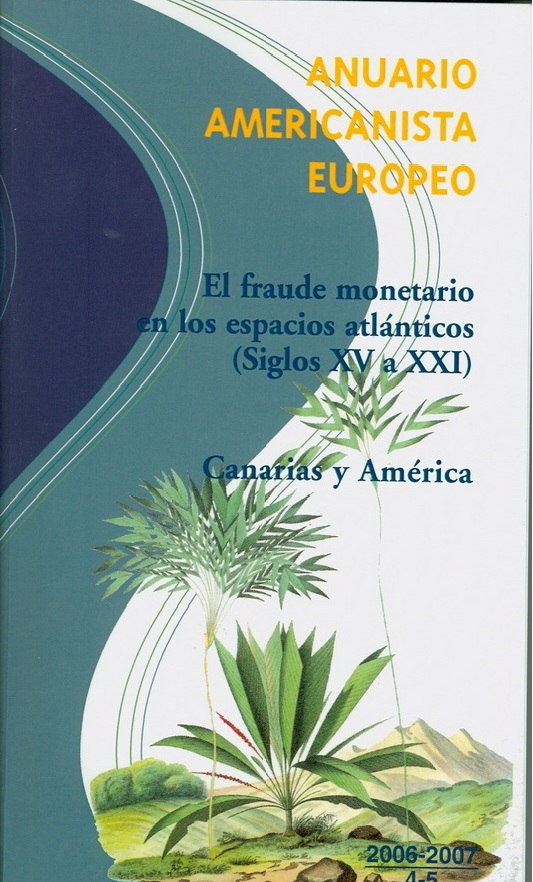Quinua in Chile
Résumé
The biogeography of quinoa (Chenopodium quinua Willd.) provides a comprehensive view of a crop that is relatively minor in Chilean agriculture, despite growing in a large geographical area (18°–47°S). Quinoa’s genetic diversity illustrates that it is a vital crop in the South American Andes region. It was domesticated in various geographical zones, which generated a wide variety of adaptative morphological and environmental features. Specific adaptations in each macrozone throughout the Andes have created five ecotypes, associated with subcentres of diversity. Two ecotypes are present in Chile – quinoa from the salt flats in the country’s extreme north: Salare quinoa, and quinoa from sea-level areas in the central and south central regions: Coastal quinoa. Recently, these ecotypes have been associated with diverse production systems, depending on their biophysical, social and cultural features. Public policies and market relations also play a vital role in determining production system dynamics.
Origine : Fichiers produits par l'(les) auteur(s)
Loading...

